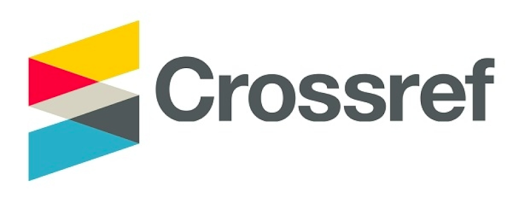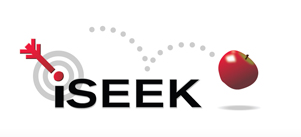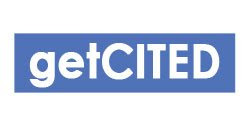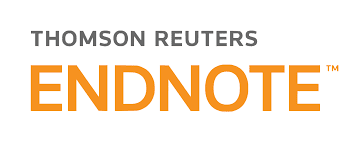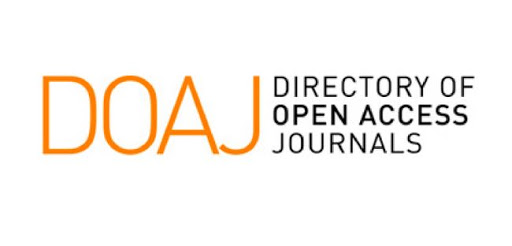Paper ID : SMJ1910215510395 | View : 104

Abstract : Smartphone addiction may be considered one of the most prevalent habits in Saudi Arabia, with users ranging between 41 and 44 million. This addiction has a debilitating impact, including increase in headaches. We aim to determine the relationship between smartphone addiction and headaches among medical students at King Abdulaziz University, Jeddah, Saudi Arabia. This cross-sectional study involved 429 medical students of the faculty of Medicine at King Abdulaziz University. Data were collected by an electronic self-reported questionnaire containing demographic questions and scales for smartphone addiction (SAS-SV), headache impact on participants’ lives (HIT-6), and headache assessment questions. Data were entered into Microsoft Excel and analyzed using SPSS version 21. Pearson’s chi-square was used to determine the significance of the relationships. The results showed that more than half of the participants were addicted to using smartphones. Statistical analysis found no significant relation between smartphone addiction and headache frequency throughout students’ lives. However, there is a significant relationship between headache impact and addiction. Furthermore, there is also a significant relationship between avoidance of activities and addiction. Smartphone addiction negatively affects medical students by increasing the impact of headaches on their lives, which is worse than addiction by nature. An alternative for the excessive use of smartphones should be introduced.

